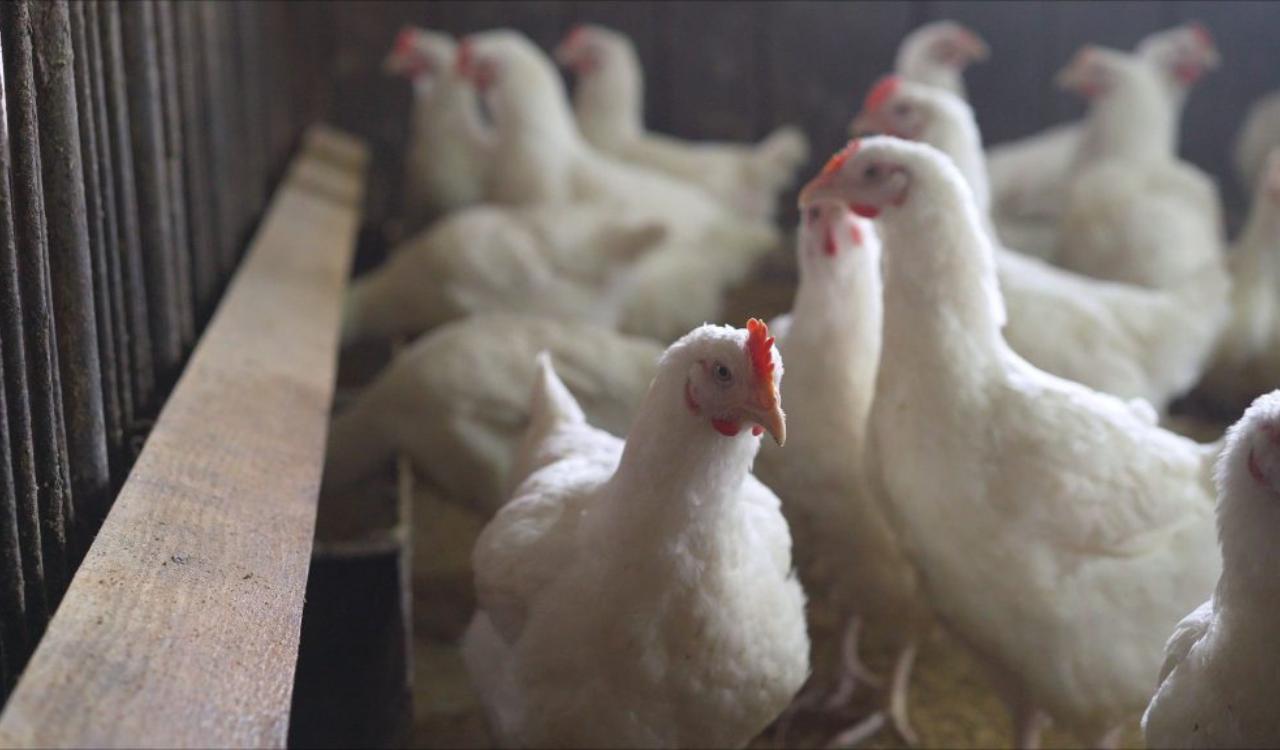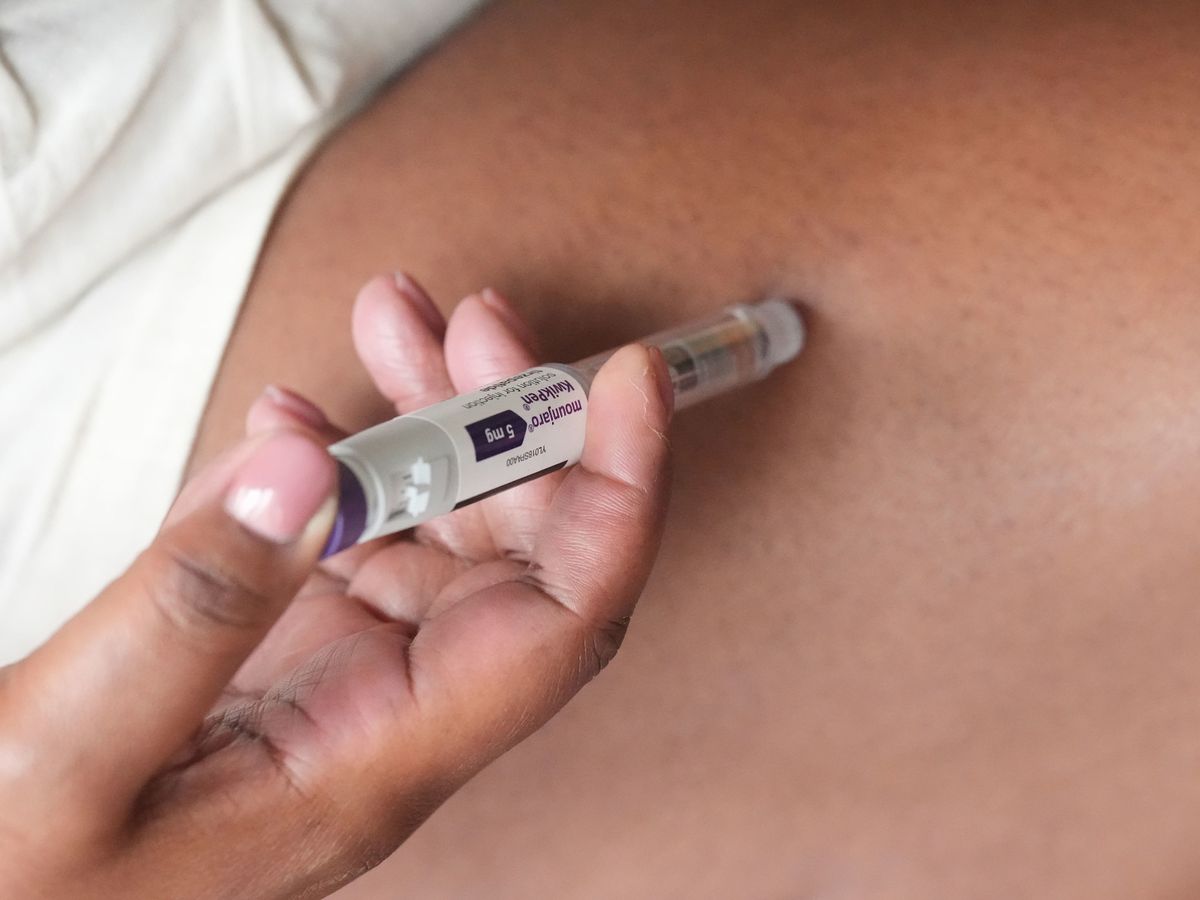By IANS
Copyright telanganatoday

Los Angeles: The US Department of Agriculture (USDA) has confirmed the detection of highly pathogenic avian influenza (HPAI) in a dairy cattle herd in Nebraska.
In a statement on Monday, the USDA said the confirmed strain is H5N1 clade 2.3.4.4b, genotype B3.13. The case was detected through state-led tracing and investigation following an initial finding from pre-movement surveillance milk samples, which are required under a federal order issued by the USDA in April 2024.
This is the first known case of HPAI in cattle in Nebraska. Since the outbreak began in March 2024, dairy cattle infections have been reported in 17 states, though the USDA’s Animal and Plant Health Inspection Service (APHIS) noted that cases this year have remained confined to a small number of states.
APHIS said it is working closely with the Nebraska Department of Agriculture to conduct further on-farm investigation, testing, and epidemiological analysis to understand the detection and prevent further spread. The agency also urged all dairy farms to strengthen biosecurity measures, particularly as the fall migratory bird season approaches.
The USDA stressed there is no risk to consumer health or the safety of the commercial milk supply. The US Food and Drug Administration (FDA) confirmed that pasteurisation effectively inactivates H5N1, ensuring pasteurised milk products remain safe.
The US Centres for Disease Control and Prevention (CDC) said that H5N1 viruses circulating in birds and US dairy cattle are believed to pose a low risk to the general public. However, it warned that individuals with occupational or recreational exposure to infected birds or mammals are at higher risk and should take appropriate precautions.
HPAI is a highly contagious transboundary disease with zoonotic potential, affecting both animals and humans. It causes variable clinical signs and high mortality rates in wild and domestic bird populations. Current H5 outbreaks have severely impacted countries worldwide, leading to losses of rare wild bird species, livelihood losses, egg shortages, and economic strain on poultry-related businesses due to culling and movement restrictions.
The spread of HPAI highlights the urgent need for improved control measures to prevent spillover and viral changes that could lead to a global pandemic. The virus can also infect mammals, including domestic cats, cattle, foxes, and seals. Human cases, though rare, occur among those with close contact with infected poultry or contaminated environments.



